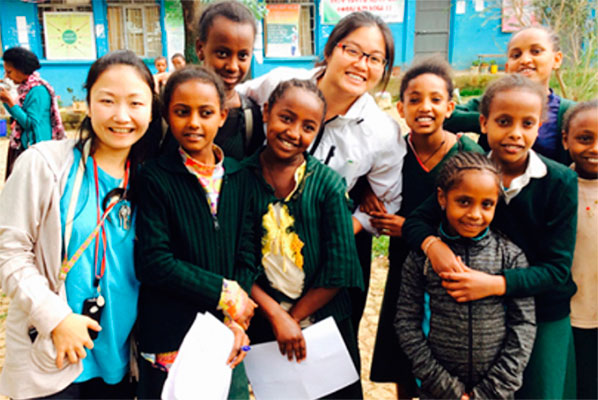Understanding what makes a community thrive means looking beyond just problems—it’s about recognizing strengths, listening deeply, and acting with intention. Community engagement isn’t a one-size-fits-all approach; it evolves with the people it serves. Whether through partnerships, outreach, or shared leadership, every step is more effective when it’s rooted in respect and collaboration. World Olivet Assembly says that lasting impact comes from consistent effort and from valuing every voice, from youth to elders.

Identifying Community Needs
Serving a community starts with knowing what matters most to the people who live there. Listening to residents, learning about their daily challenges, and recognizing gaps in local services can guide more focused and effective outreach.
Public input can be gathered through community meetings, informal conversations, or digital surveys, which help uncover immediate concerns and long-term goals. A neighborhood facing food insecurity, such as one without a nearby grocery store, may highlight the need for a local pantry or mobile distribution program that travels weekly.
By taking time to engage directly and respectfully, organizations and individuals can align their efforts with real, on-the-ground needs rather than assumptions. Clear communication and follow-through on community feedback foster trust and momentum.
Building Strong Partnerships
Collaboration strengthens community work by connecting people and resources that might otherwise remain separate. When schools, nonprofits, local businesses, and government agencies come together with shared purpose, they can accomplish far more than they could alone.
A local health clinic that partners with a food bank and a transportation service can offer holistic support to families in need, addressing multiple concerns at once. These kinds of partnerships not only improve efficiency but also build trust and accountability among all involved. They create a network of support that can grow and adapt with the community’s changing needs.
Long-term relationships are key. When communities see organizations working together consistently and transparently, it fosters a sense of unity and reinforces the idea that progress is a collective effort. These bonds also make it easier to respond quickly during times of crisis or sudden change.
Creating Meaningful Outreach
Reaching people where they are is vital to building genuine relationships. Outreach efforts that reflect the community’s language, traditions, and values tend to resonate more deeply. Hosting neighborhood block events, maintaining an active presence on social media, or visiting local gathering spots like churches or libraries can all become doorways to deeper connection.
Efforts that prioritize accessibility, such as multilingual materials or events held outside of regular work hours, demonstrate respect for the community’s time and diversity. These thoughtful touches can turn a simple outreach activity into a lasting bond. Even small gestures, like offering childcare during meetings, can make a big difference in turnout and engagement.
Encouraging Local Participation
When people are invited to help shape the programs that affect their neighborhoods, they’re more likely to stay involved and invested. Whether it’s contributing ideas during planning meetings or volunteering at community events, participation creates a shared sense of ownership.
Youth councils, advisory boards, and neighborhood clean-up days are just a few ways individuals can step into leadership roles. These opportunities build skills while strengthening social bonds across generations and backgrounds.
It’s this grassroots involvement that often fuels the most meaningful and lasting changes in a community. The pride that comes from contributing directly to local improvement sparks even more engagement.
Tracking Progress and Making Adjustments
Evaluating what’s working and what isn’t helps keep community efforts on course. Collecting data through surveys, attendance records, or informal interviews offers critical insight into outcomes and areas that may need improvement.
A program aimed at reducing neighborhood litter might see a spike in engagement during spring but drop off in colder months, prompting organizers to adjust schedules or incentives. Feedback becomes a guide, not a judgment. It helps refine the work and ensures that resources are used effectively.
Being open to change signals that the goal is lasting impact, not just activity. It also reassures community members that their input matters and will shape the future direction of the work. When community members see their suggestions lead to real improvements, it builds confidence in the process and encourages ongoing dialogue.
Sustaining Long-Term Commitment
True community change doesn’t happen overnight. It grows slowly through steady effort, trust, and a willingness to adapt. When organizations and volunteers remain engaged beyond the launch phase, it shows reliability and builds credibility.
Staying connected means checking in regularly, celebrating small wins, and being responsive when needs shift. A reading program that started at one library branch might expand to others simply because people saw it worked and asked for more. Maintaining momentum often comes down to relationships. When people feel seen, heard, and valued, they’re more likely to stay involved—and to invite others to join.
